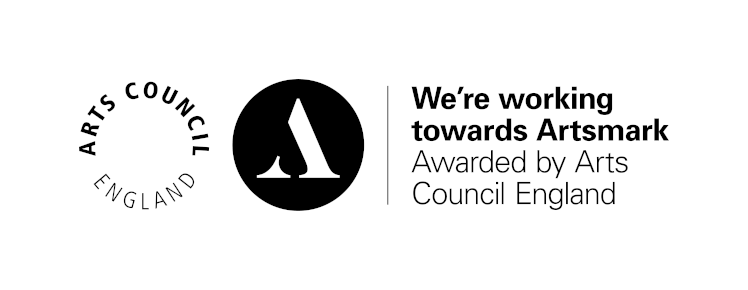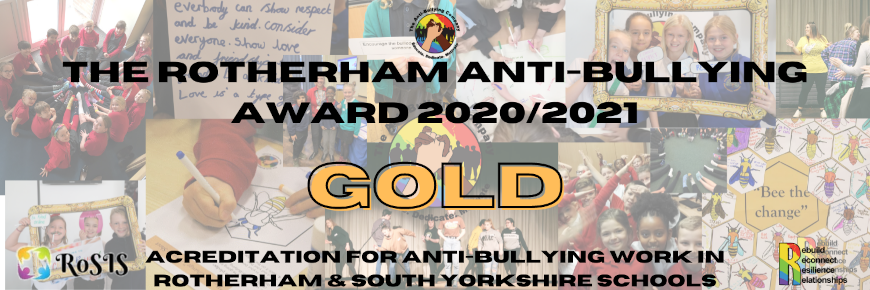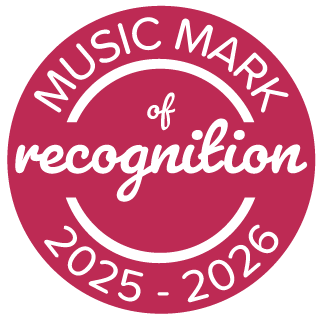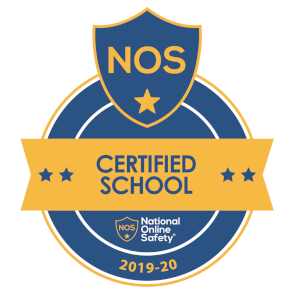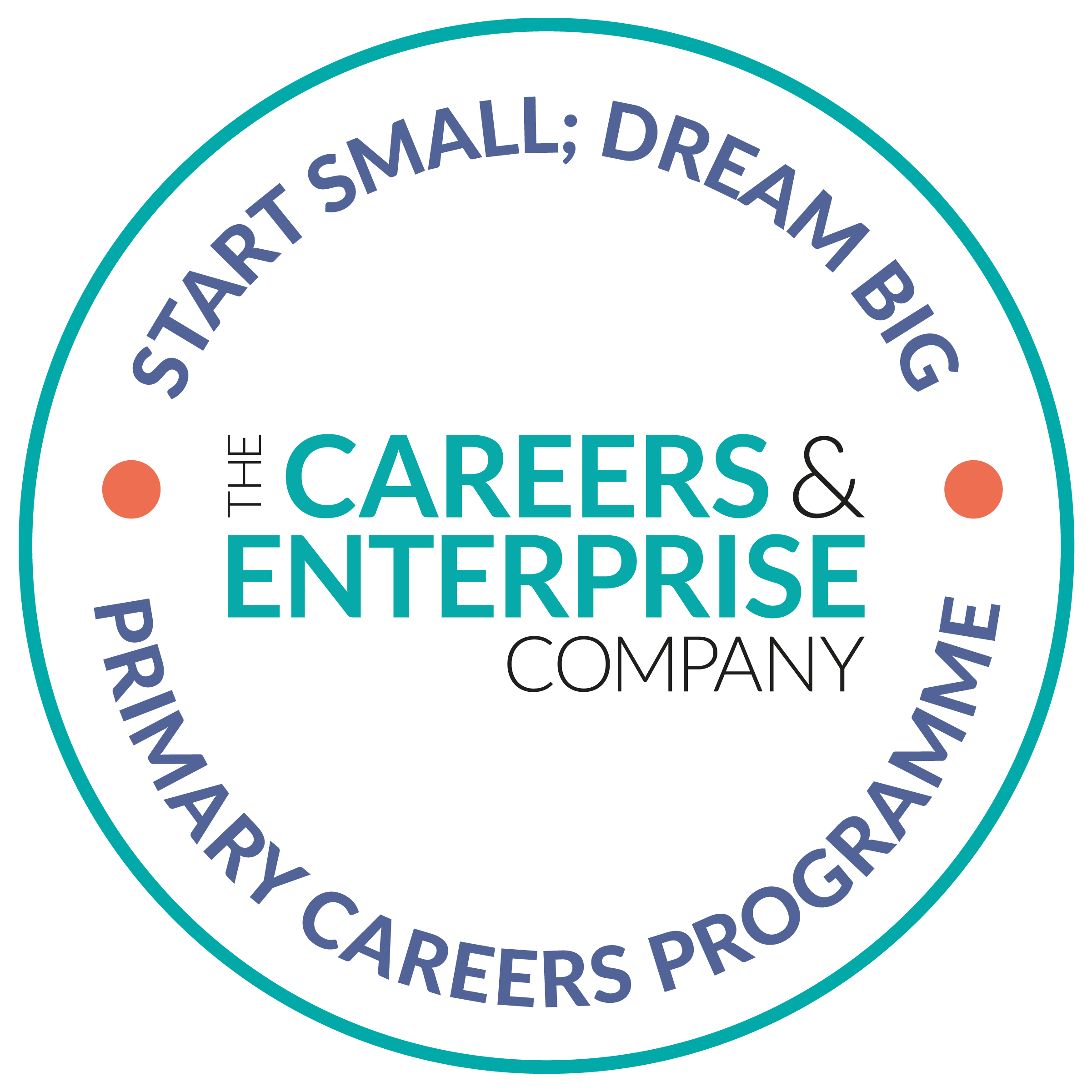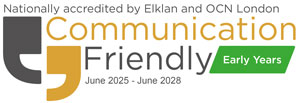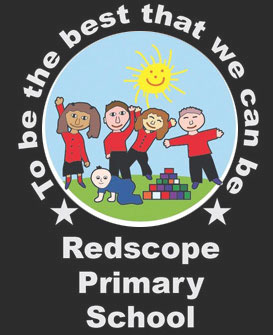At Thorpe Hesley Primary School, creativity is extremely important to us.
We try to be creative in everything we do and that, of course, is seen in DT! We love to come up with fun and exciting ideas and ways to create our own things!
DT is taught termly in each year group and is made up of a sequence of lessons starting with researching, moving onto designing, making and finally evaluating their products.
What DT means to us…
When asked, the children of Thorpe Hesley Primary School said that DT lessons are fun, enjoyable and they love taking part in them.
They say that DT is being able to design and make something using 3D models, food and different sewing techniques.
The things they state they have learnt recently are: sewing, making moon buggies, making fruit salads and smoothies and making fabric phone cases.
Our children feel confident in drawing, designing, making and cooking! How fabulous!
The children of THPS even said they would love to do more DT and have lots of different DT focuses!
Overview by Stage
Key Stage 1
The National Curriculum for design and technology aims to ensure that all pupils:
- understand food and nutrition and have opportunities to learn to cook.
In meeting this aim schools without access to a teaching kitchen, nearby kitchen or mobile kitchen may have to adapt what they teach accordingly to the facilities available.
It also aims to ensure that, working in fields such as materials (including textiles), horticulture, electricals and electronics, construction, and mechanics, they:
- develop valuable practical skills and use these safely with a range of resistant and non-resistant materials, drawing media, tools and equipment, in both 2-D and 3-D
- design and make well-crafted products that are fit for purpose
- develop and use a range of common practical skills, in contexts such as mechanical, diagnostic and repair tasks
- understand and, where appropriate, use the design cycle of planning, developing prototypes, modifying, making and evaluating
- know about good design, everyday products and use correct technical terminology
- investigate the rich history of design and technological innovation in Britain and further afield, from the Industrial Revolution onwards, as well as current innovations.
Pupils should explore and develop purposeful, practical skills in design and technology, taking advantage of local opportunities and the expertise of teachers.
Pupils should be taught the basic principles of balanced eating and where food comes from, and should be encouraged to develop an interest in cooking.
Through working in fields selected from those listed in the introduction (materials (including textiles), horticulture, electricals and electronics, construction, and mechanics), pupils should be taught to:
- perform simple, useful, practical tasks (for instance, making products for a purpose using a basic range of tools and materials, and techniques such as cutting, forming and joining)
- explore different materials, and become familiar with their properties and uses
- communicate ideas simply, such as through drawing, jottings, modelling in 2-D and 3-D and, where appropriate, using information and communication technology to record the development of their designs
- appreciate the need for good design by evaluating a range of design and designers.
Key Stage 2
Pupils should develop their skills and the safe use of tools and equipment by undertaking a range of practical tasks, such as making products, maintenance or cooking. They should increase their experience in different areas of design and technology, including through learning about local crafts or industries. They should understand how to use constructive feedback to improve what they design and make. Pupils should be taught about key historical developments in design and technology.
Pupils should be taught about the major components of a balanced diet and how ingredients can be combined to prepare healthy meals. They should be taught basic cooking techniques and how to cook a variety of savoury dishes. In meeting these requirements, schools without access to a teaching kitchen, nearby kitchen or mobile kitchen may have to adapt the dishes and techniques they teach accordingly to the facilities available.
Through working in fields selected from those listed in the introduction (materials (including textiles), horticulture, electricals and electronics, construction, and mechanics), pupils should be taught to:
- use safely and increasingly effectively a wider range of tools, equipment and materials with increasing skill to make products that are fit for purpose
- develop and use straightforward practical, maintenance and repair skills
- extend their skills to communicate their ideas visually in 2-D and 3-D, including through using information and communication technology
- use constructive comments from others to improve their work
- understand key events and turning points in design and technology, such as the Industrial Revolution, and how they have shaped the world we live in.
The National Curriculum for design and technology aims to ensure that all pupils:
understand food and nutrition and have opportunities to learn to cook. In meeting this aim schools without access to a teaching kitchen, nearby kitchen or mobile kitchen may have to adapt what they teach accordingly to the facilities available.
It also aims to ensure that, working in fields such as materials (including textiles), horticulture, electricals and electronics, construction, and mechanics, they:
- develop valuable practical skills and use these safely with a range of resistant and non-resistant materials, drawing media, tools and equipment, in both 2-D and 3-D
- design and make well-crafted products that are fit for purpose
- develop and use a range of common practical skills, in contexts such as mechanical, diagnostic and repair tasks
- understand and, where appropriate, use the design cycle of planning, developing prototypes, modifying, making and evaluating
- know about good design, everyday products and use correct technical terminology
- investigate the rich history of design and technological innovation in Britain and further afield, from the Industrial Revolution onwards, as well as current innovations.
Useful Links and Resources
Here are our policies related to DT teaching and some useful websites to help children learn more about DT.
Policies and Information
Useful Websites
BBC Bitesize KS1
BBC Bitesize KS2
STEM Designing at KS1
STEM Designing at KS2
Reading Resources
Here are a list of books recommended by the ROSIS DT Leader
- Sam’s Sandwich by David Pelham
- Little People, BIG DREAMS – Steve Jobs
- Little People, BIG DREAMS – Vivienne Westwood
- Little People, BIG DREAMS – Ada Lovelace






